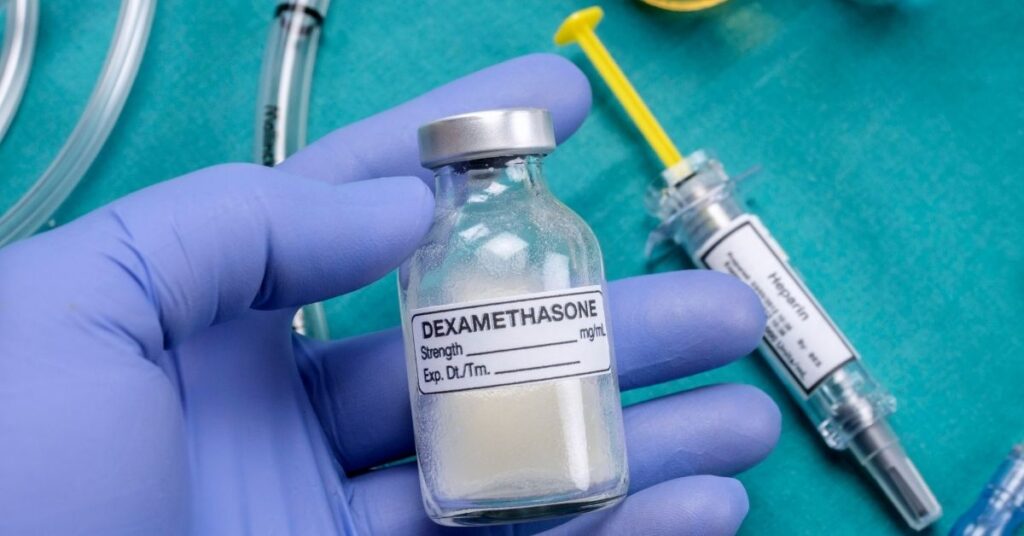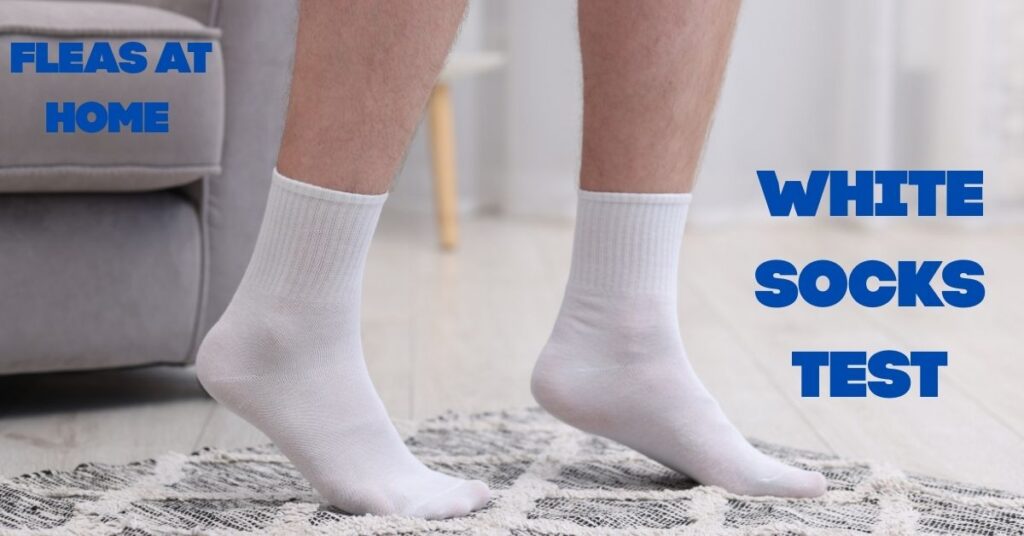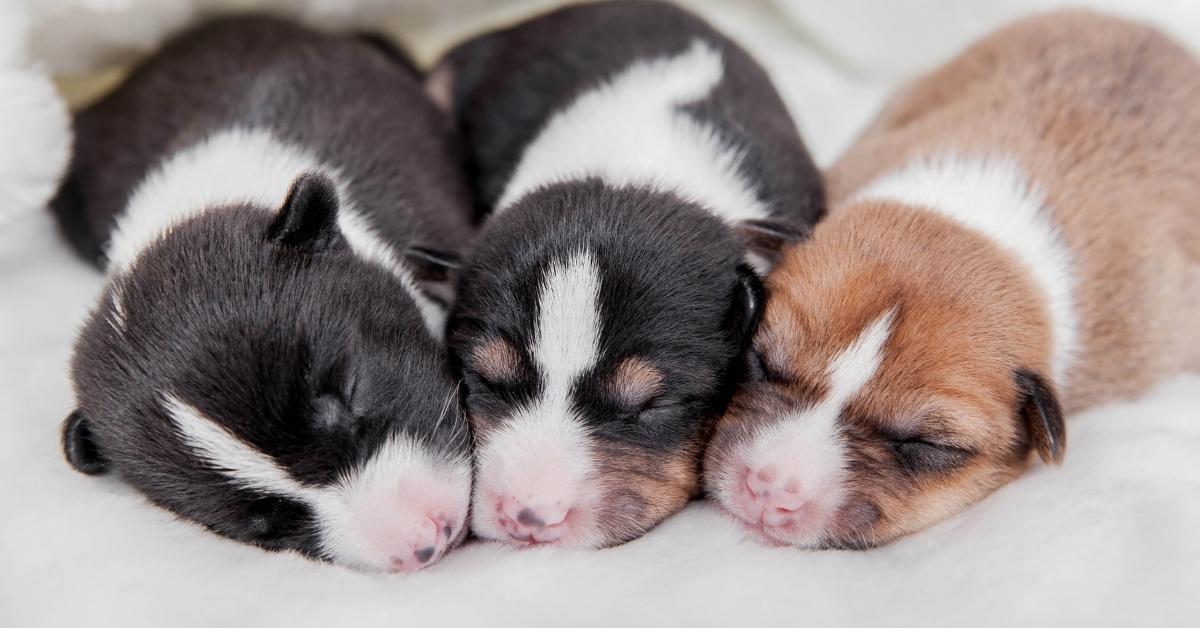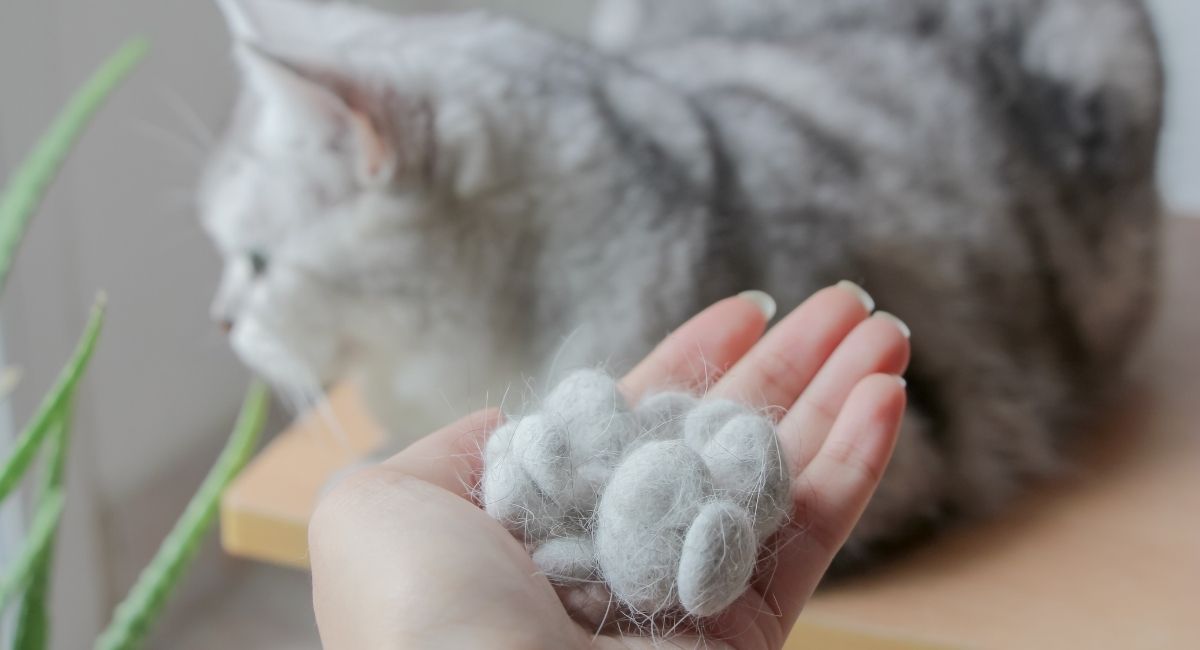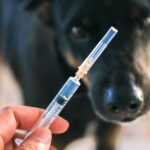Now Reading: Watery Discharge White Cat Eyes? Causes & What You Should Do Now
- 01
Watery Discharge White Cat Eyes? Causes & What You Should Do Now
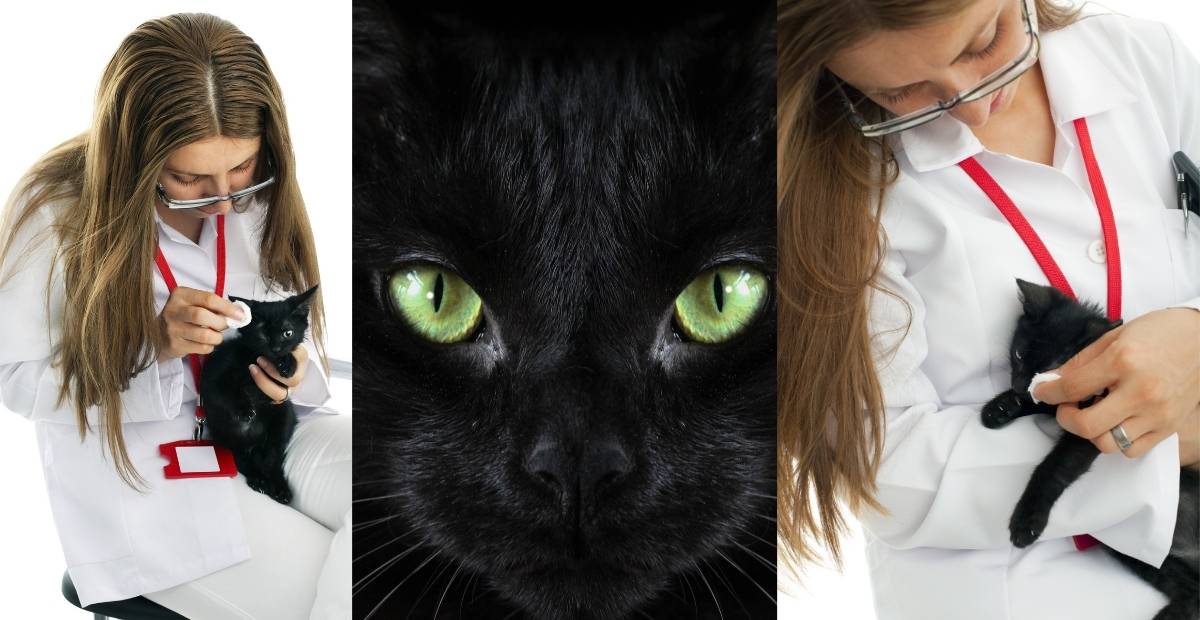
Watery Discharge White Cat Eyes? Causes & What You Should Do Now
Noticed your furball has watery discharge white cat eyes? That clear, sometimes cloudy fluid can worry any cat parent. While sometimes harmless, it can also signal deeper issues. Let’s explore why cats get watery eyes, when to act, and vet-approved remedies to help.
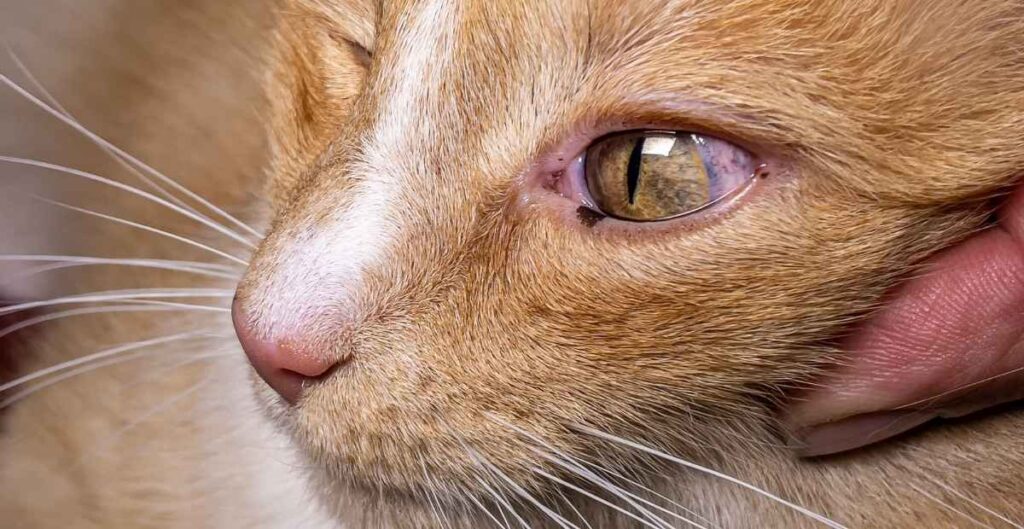
Why Are My Cat’s Eyes Watering?
1. Environmental Irritants
Dust, pollen, smoke, or strong fragrances can irritate a cat’s eyes, leading to cat eye watery discharge. If your cat spends time near windows or outdoor vents, any airborne irritants might trigger tearing.
2. Allergies
Yes, cats get allergies too! Seasonal dust, certain foods, or grooming products can cause watery eyes without other symptoms—a common case of cat eyes watery discharge and no other symptom.
3. Tear Duct Blockage
When tear drainage is blocked or slow, fluids accumulate. Signs include constant tearing or tears running down the face—classic cat watery eye discharge from blocked ducts.
4. Conjunctivitis / Eye Infection
Viral or bacterial infections cause redness, squinting, mucus, and watery discharge. This is classic cat eye watery discharge treatment territory—needs vet care and possibly antibiotics or drops.
5. Foreign Body or Injury
Tiny particles like grass, hair, or debris can scratch the eye surface, causing excessive tearing or watery discharge.
Also Read: Dental Care of Pets
When to Worry About Watery Eyes
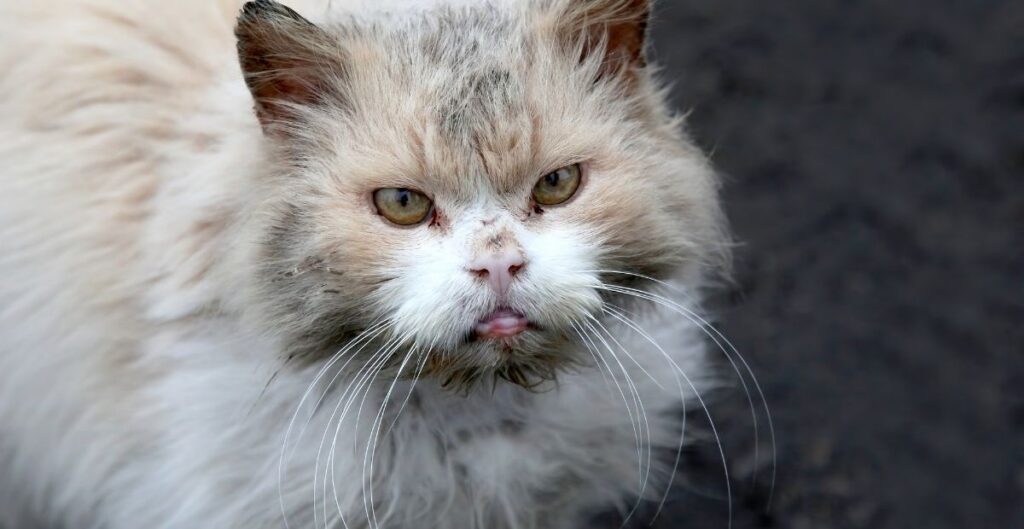
Spot these red flags?
- Thick mucus, crusting, or a colored discharge
- Repeated squinting, pawing at the eye, or visible redness
- Swelling or cloudiness of the eye
- Other signs like sneezing, lethargy, or appetite loss
These suggest more than just dust—likely a case of cat eye watery discharge treatment is needed, and it’s time for a vet visit.
At-Home Comfort Tips (Vet-Approved)
Clean Gently
Wipe away discharge with a warm, damp cloth—one for each eye to avoid spreading irritation or infection.
Use a Saline Rinse
A few drops of sterile saline can flush out irritants. Let your cat blink—they usually do the rest themselves.
Remove Irritants
Minimize smoke, strong cleaners, and dusty environments. Replace dusty litter with low-dust alternatives and clean your space regularly.
Humidify the Air
Dry indoor air can worsen tearing. A humidifier helps reduce dryness affecting your cat’s eyes.
When to See a Vet
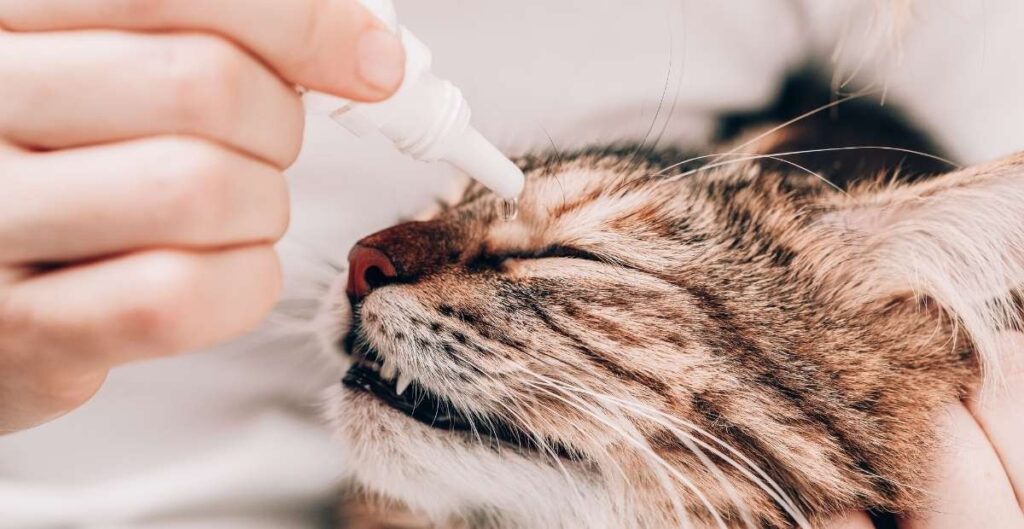
If discharge lasts over 48 hours, thickens, or comes with redness, squinting, or other symptoms, it’s time to consult a vet. They may prescribe antibiotic drops or other treatments, especially when addressing cat eye watery discharge treatment due to infection.
Secret Tips for Happier Eyes
- Keep nail trims short—less risk of accidental eye scratching during grooming.
- Use cat-safe eye drops recommended by a vet, not human products.
- Introduce an eye-cleaning ritual early—accustom your cat to gentle wipes with praise and treats.
- Monitor tear dyeing in white cats; chronic tearing can stain fur and lead to skin irritation.
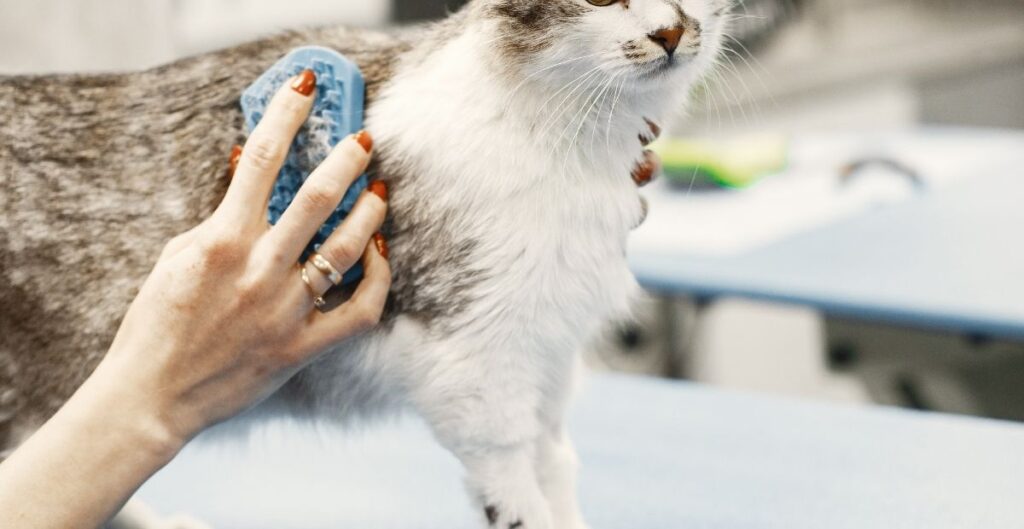
Prevention Is Key
- Groom your cat often to remove hair or debris near the eyes.
- Use air filters and dust cloths to reduce airborne particles.
- Keep water and food bowls clean—dirty bowls can harbor eye-irritating bacteria.
Quick Summary Table
| Possible Cause | Eye Appearance | Action Needed |
| Dust / allergies | Clear watery discharge, no redness | Clean eyes + remove irritants |
| Tear duct issues | Streaky tears running down cheek | Warm compress + vet check |
| Infection (conjunctivitis) | Mucus, redness, swelling | Vet appointment for antibiotics |
| Foreign object or scratch | Persistent tearing, pawing at eye | Vet check + safe removal |
Why Early Action Matters
Quickly addressing watery discharge white cat eyes avoids complications such as impaired vision, staining, or chronic infections. By treating early, you save your cat discomfort and keep vet visits minimal.
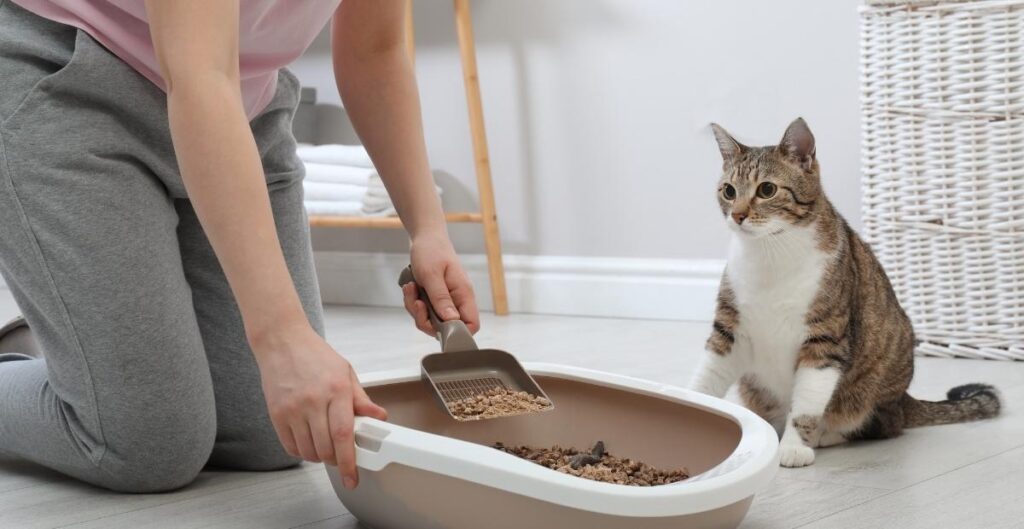
Final Thoughts
Watery eyes in cats might be harmless or hint at deeper issues. Understanding cat watery eye discharge, cleaning gently, and removing irritants go a long way. Keep an eye out for signs like mucus, squinting, or redness—and don’t delay vet care.
Stay vigilant and kind—your kitty’s eyes will thank you!
FAQs – Straight Answers for Cat Parents
No. Home remedies like dairy can worsen infections. Stick to warm water or vet-approved saline solutions.
If clear discharge and no other symptoms, monitor and clean eyes. See a vet if it persists more than 2–3 days.
Not always. Environmental factors or allergies often cause clear tearing. Infections typically involve mucus, redness, and discomfort.
No. Human medications can be irritating or toxic to cats. Always use vet-approved products.


